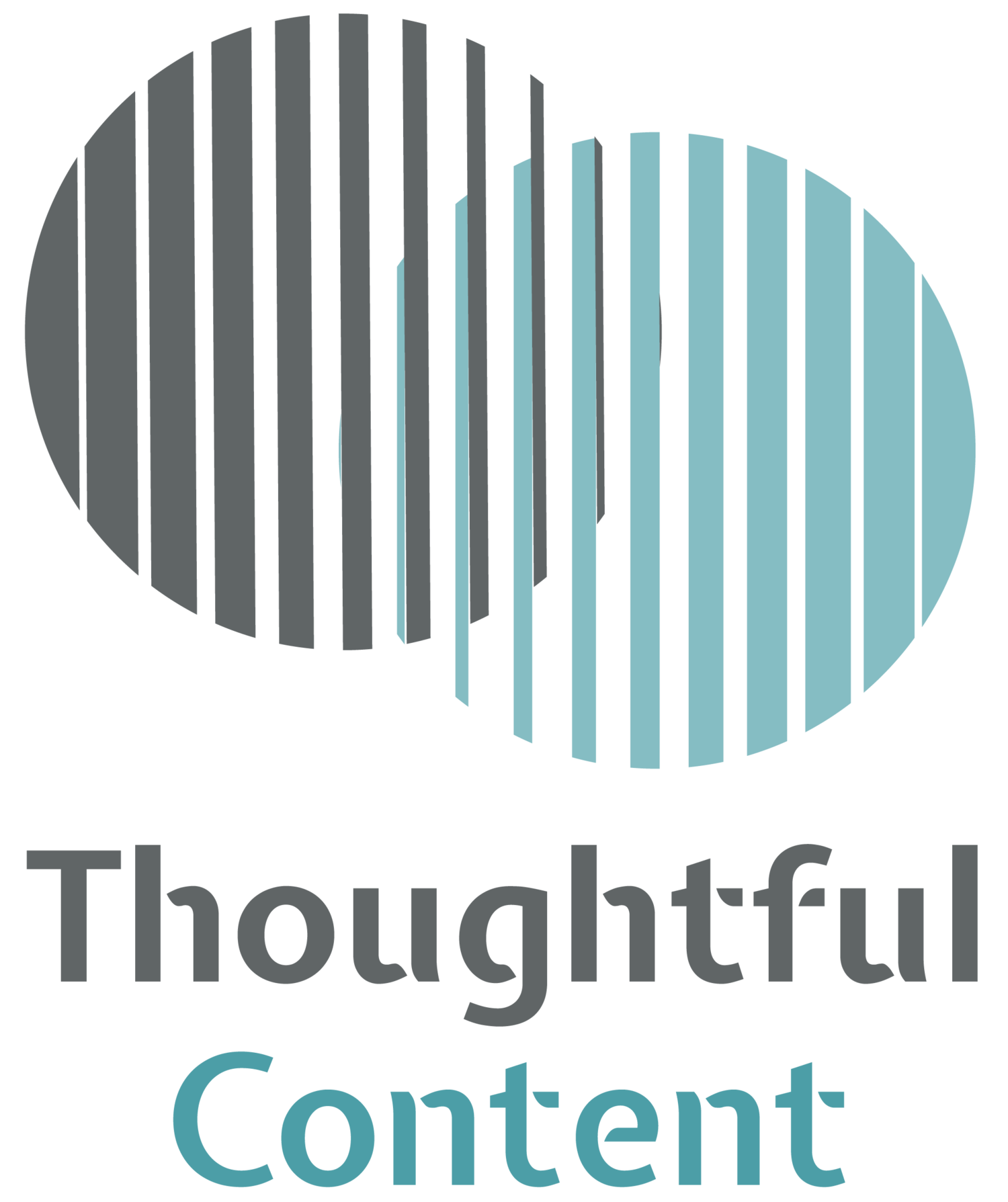Evaluating health information: 5 questions to ask yourself
Knowing the impact of your health information is so important. Not only does it help with improving it, but it means you and your organization work out the difference you’re making and who you are reaching. It can be tricky to know where to start. Try asking yourself these 5 questions.
What are you measuring?
This might rely on knowing the goals for your content and what your content was aiming to change, if anything. Maybe you even have a ‘Theory or Change’. It really helps to plan in an evaluation from the start!
What your audience have done: A lot of health information aims to change behaviour. But health behaviour change can be notoriously difficult to measure and track (unless you have a lot of time and money!). Instead you can measure people’s intention to change (although there can be an intention-behaviour gap).
What your audience felt: this could be the impact on their self-esteem, sense of reassurance, confidence, motivation or self-efficacy. Has their quality of life improved as a result of receiving this information? ‘Patient activation’ was a buzz word a few years back and is a measure of a person's knowledge, skills and confidence to manage their own health and wellbeing.
You may want to also collect people’s general feedback on your content: what did they find most useful, what could be improved? As well as other thoughts on design, layout and navigation.
2. What is the best way to measure it?
Tracking with data: this could be website analytics or in-app data to see how many people have been on your site or app and what they did there. If you are being really fancy you could use wearables to see what people are doing e.g. a step counter to see if information about physical activity makes them move more. Can you access NHS data or publicly available data to track differences? This would normally need to be part of a big study, and teaming up with a university for example, but it could be worth looking into. One example could be reductions in hospital admissions, this would particularly work for locally focused projects.
You might want to go deeper: you can use self-reported measures: ask people to report what they did and how they felt. The most robust way to go is to measure people’s behaviour or feelings before they are ‘exposed’ to your content and then measure again afterwards to track change.
There may be a standardised measurement already available, this is one that has been tested out already and used before. It’s worth doing a bit of desk research and seeing what other people have done.
Some useful standardised measurements to know about include:
Self Efficacy and Health Scale
Short Form Health Related Quality of Life Scale (SF36)
There will also probably be specific ones for your disease area or behaviour change you are trying to measure like physical activity.
3. What is the best way to collect the data?
Longer surveys, website pop-ups, interviews, focus groups, ethnography (observing people’s behaviour and actions in an environment) or pre-existing data. You could also use ongoing feedback forms, page rating or chatbots to collect real-time thoughts and feelings. There are lots of methods to choose from. Think about your budget, time and what you plan to do with your findings.
4. Who will you ask?
As I always say, you normally need to go outside of your normal networks. It’s great to involve your volunteer panel or PPI group, but if you want to measure the impact of your information on all your audience you need to cast your net wider. Using social media, working with other local organisations and groups can help.
5.What will you do with the findings?
The most obvious answer is that you use feedback to iterate and improve your content. Showing the impact of your content can also help you apply for funding or budget to do more work. Your audience will probably also like to see the findings, creative ways to communicate this like infographics (as long as they are accessible!) often work well!
Want to know more? I am including on module on evaluation in my health content writing training course, out in January. Sign-up for updates.

